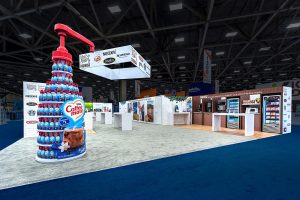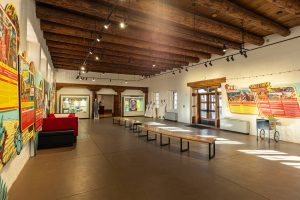So, you need a new trade show booth. Asking your peers for recommendations, looking in magazines and directories for award winners or searching Google for exhibit houses is a good start to build a potential candidate list. But, if you aren’t ready to sign with a new partner based on a recommendation, your next step is likely writing a new build request for proposal (RFP). There is no industry standard for this type of request, but there are some key elements you should include to gather the best responses. And remember, you are looking for the best fit for your company and a partner that you will be working with for several years, so you want to tailor the RFP your company’s unique needs and market position.
WHAT TO INCLUDE
A good RFP should be clear, concise, and articulate your needs and expectations to potential bidders. Start with an explanation of the project, and define the obligations and requirements of the successful bidder who will be selected to design, build, and install your exhibit. An RFP should also include a standard response format, which will make it easier for you to evaluate responses and compare them to one another. Likewise, you should explain how each proposal and bidder will be evaluated so expectations are clear.
SETTING CLEAR EXPECTATIONS
To get the best responses from prospective exhibit houses, it’s important to set expectations up front. This is best achieved by factors like:
PERSONALIZATION: There are several companies that offer a portal for submitting RFPs. While there are advantages to this approach, it can be fraught with technical issues and bidders are not able to showcase their unique capabilities and talent. Remember, you are looking for the best creative and execution fit for your company. You are not buying a commodity product. Instead, consider using a spreadsheet to collect responses. This gives you the ability to personalize your questions and allow users to send responses via email versus navigating a portal system.
TIMING: How much time should you give companies to respond to your RFP? This depends on how involved it is and if it includes a design in the proposal. Include a timeline when sending out an RFP, that clearly shows the date the RFP is released, when responses are due, and other important factors, like when (and if) an in-person presentation will take place. Typically, companies set deadlines for the return of documents and designs staggered days or even weeks apart to give companies time to submit each to deliver against your objectives. Be realistic in setting your timelines. If you are expecting design submissions, then allow ample time for creativity. This isn’t an area you want to short change. Consider that the good exhibit houses are busy.
EXTENSIONS: Speaking of timing, is it ever appropriate to extend the deadline during this process? This also depends. There might be extenuating circumstances such as technical issues with the portal or other issues such as illness or travel delays. It’s best to assess each request on a case by case basis.
INVITATIONS: While it may be tempting to invite as many companies as possible, it’s best to avoid a “cattle call” when searching for an exhibit house. This “wide net” approach tends to result in awards going to the lowest bidder and as such, the best exhibit houses won’t even participate. Take the time to do some upfront research to narrow the field to those houses that are likely the best fit and then send invitations to a limited number of companies to simplify the decision-making process.
WHAT TO INCLUDE
Some of the key components of a good trade show RFP include:
- Background Information: Give bidders as much as information about your positioning, current marketing, and any other relevant data to help them with an approach.
- Budget: Every project has one, so it’s important to lay out either a concrete budget or at least provide a range and be clear about what is included? Is the budget for the build only or turn-key?
- Timeline: From start to finish, this is where you should lay out clear dates for submitting a proposal, choosing a partner, and attending the trade show or series of shows.
This is just the beginning, however. A complete trade show RFP includes much more information, so we created two Excel templates to help you get started:
The Trade Show New Build RFP Template is ideal if you are attending one show and want an exhibit house to focus solely on your presence there. This is a shorter form template that covers basic capability questions. If you are looking for a new design and engagement, this is your template.
The Trade Show Program RFP Template is best for larger companies who attend multiple shows a year (commonly referred to as a program) and have extensive requirements for their exhibit house. This comprehensive template covers all aspects of business operations in depth to help you choose the best exhibit house. If you intend to move all your existing property to a new exhibit house, this is your template.











